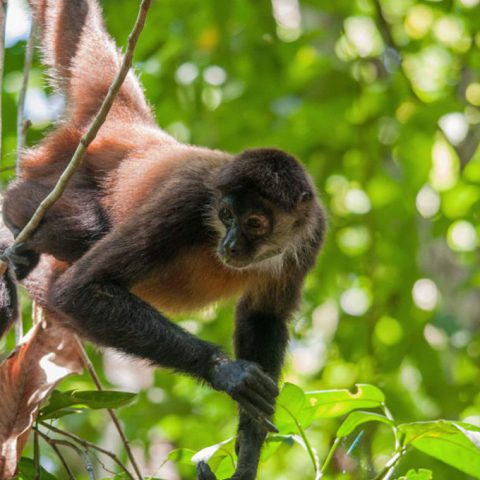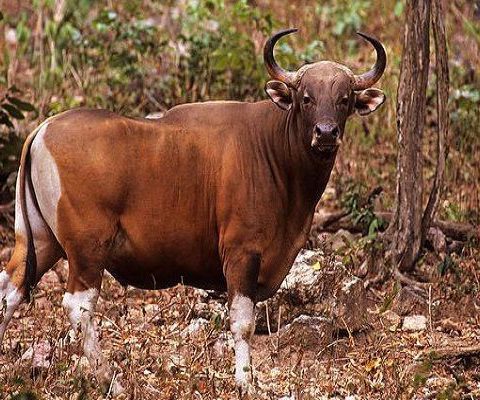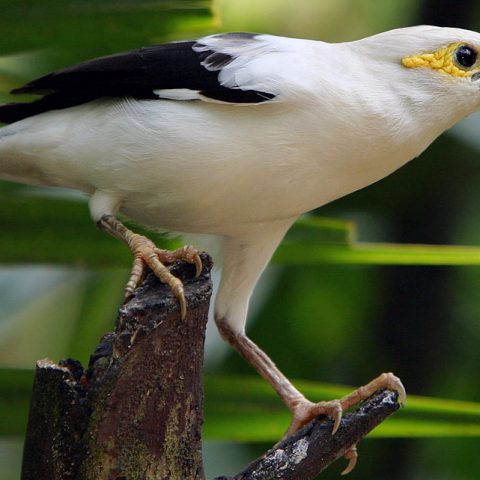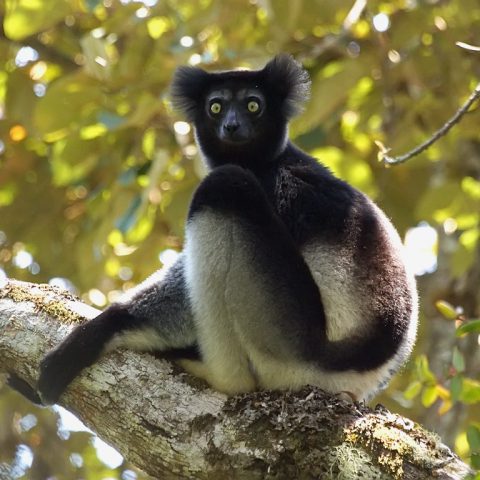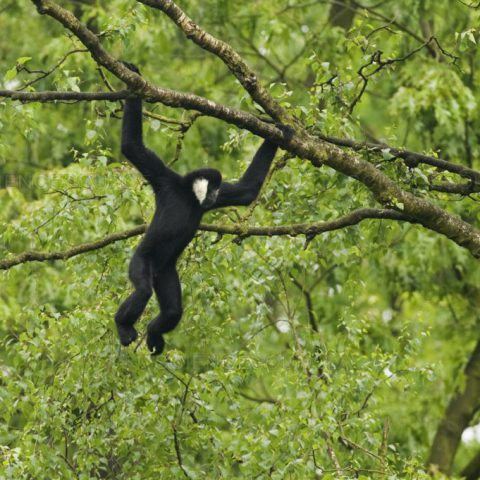Bleeding Toad
![]() Critically Endangered
Critically Endangered
Population
Around 250 mature individuals remain
Size
The species ranges from 20 to 40 millimetres in size with females being larger
Weight
Females weigh around 3.6 grams while males average around 1.55 grams
Countries
Indonesia
Distribution
Currently, the global population of bleeding toad is expected to be below 249 mature individuals. The total number of sub-populations is 7 and each sub-population of bleeding toad contains almost less than 50 individuals.
- Bleeding toads can be located at altitudes between 1,000 metres and 2,000 metres above sea level
- Its rare species can be found mainly in Java Indonesia.
- Some species are endemic to Mount Gedeh, Mount Pangrago and can be located in Gunung Gede Pangrango National Park (Indonesia).
- Other restricted distribution of bleeding toad can be found in Curug Lehur, Lebak Saat, Cibeureum, Ciapus, Rawa, Denok, and Selabintana
- Interestingly, only one individual was found at Mount Halimun Salak in 2018
These can be found by small creeks in mountains and slow-moving waters.
Description
Bleeding toads are small and slender and have been named after their features like red spots and red tinge on the skin. Female toads reach up to 25 to 40 mm in snout-vent length while males can be measured up to 20-30 mm. The female bleeding toad lays eggs in the form of clutches near the creeks in mountains and in vernal streams where their larvae develop. Other features of bleeding toads include:
- Skin is fully roofed with tiny tubercles.
- On the dorsal side, the skin is usually black having yellow or red spots and marbling.
- Elongated limbs with slender habitus.
- Toes and fingers of this species are swollen.
The webbing of their toes may reach up to subarticular tubercles present on toes III and V

Quick Facts
The Bleeding Toad behaviour consists of:
- These toads are solitary animals however, in the breeding season, a huge number of toads unite on breeding ponds for mating.
- Their temperament is calm and non-harmful.
- When stressed, bleeding toads secrete chemicals as their antibacterial and anti-fungal activities.
- Skin secretion gives bleeding toads resistance to fungal infections
In the natural habitat, bleeding toads feed on crickets, locusts, caterpillars and earthworms. Interestingly, female toads eat more items as compared to males.
This endangered species of bleeding toads can be found in forests and wetlands (inland) throughout west Java, Indonesia.
- Preferred habitat includes boundary zones in between mountainous forests and areas of moist lowland.
- Suitable Forests for bleeding toads include:
- Tropical/Subtropical Moist lowland
- Tropical/Subtropical Moist Montane
- Suitable Wetlands include:
- Irregular, Seasonal, Intermittent, Creeks, Rivers, Streams
- Located between altitudes of 3,300–6,600 ft above sea level
- Breeding takes place in intermittent streams in forests, and in a slow-moving fashion.
In the last 10 years, almost 80% of the population of bleeding toads has severely declined. The rising decline in specie of bleeding toads is widely caused by chytrid fungus (Batrachochytrium dendrobatidis; Bd). Geological events such as volcanic eruption adjacent to Mount Galunggung is one likely reason for elevated disappearance of bleeding toads. Other likely reasons for decline include alteration in their general habitat. The biggest threat behind its extinction is due to human activities. The opening of Mount Gede Pangrango National Park for the public highly contributes to its extinction.
Key activities leading to the disappearance of bleeding toads include:
- Activities in Mount Gede Pangrango National Park such as the use of soaps, washing in streams, littering has threatened its subpopulation.
- Other ongoing recreational activities have disturbed its species.
Changes in the global climate also contribute to declining of bleeding toads. Due to the rise in temperature, a wide range of these mountainous species migrate to higher elevations. Also, due to this isolated population leave them vulnerable to climatic events.
Conservation Efforts
The Asian Species Action Partnership has initiatives and plans in place to help the Bleeding Toad survive and are providing actions to protect the area from human activities where the species is found.



